Stephen Read, Camilo Pinilla90-8594-003-6, 978-90-8594-003-6
With contributions from: Patrick Healy, Gerhard Bruyns, Deborah Hauptmann, Stephen Read, and John Law.
Table of contents :
Contents……Page 6
Towards an Urban Space……Page 8
Pollachos Polis Legetai (There are many ways to say polis); or: Community and the Visible of the City……Page 22
Problematizing the Virtual: on Lefebvre and the Urban Problematic……Page 34
The Urban Machine……Page 54
A Brief History of Flights to the Periphery and Other Movement Matters……Page 70
Networks, Relations, Cyborgs: on the Social Study of Technology……Page 86
Ubuntu: Post-Colonial Urban Tribe Space……Page 100
Urban Re-vision: The Market Supply Facility of Bogotá……Page 110
In-Between Spaces……Page 120
Exchange Request: Urban Interactions at Los Héroes Junction, Bogotá……Page 130
Hafencity Hamburg: Constructing an Active Waterfront……Page 140
Edge in Transition……Page 148
Urban Compressor: Urban Transformation Plan for Plaza Venezuela Area, Caracas……Page 156
Re-Thinking the Border: Between Reykjavik City Centre and Harbor……Page 164
Living Fossils: The Integrative Re-habitation of the Qianhai Area, Shichahai, Beijing……Page 172
Spaces in Transition: Renewal Strategy for a ‘Mega-structure’ in Seoul……Page 180
Hidden Places, Hidden Powers……Page 188
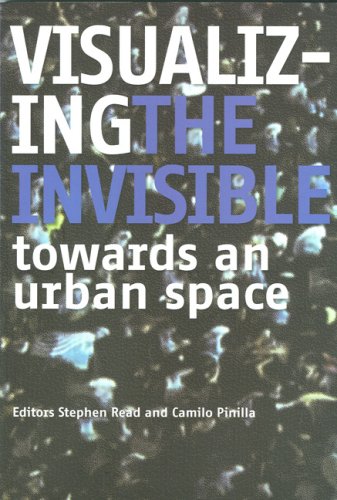
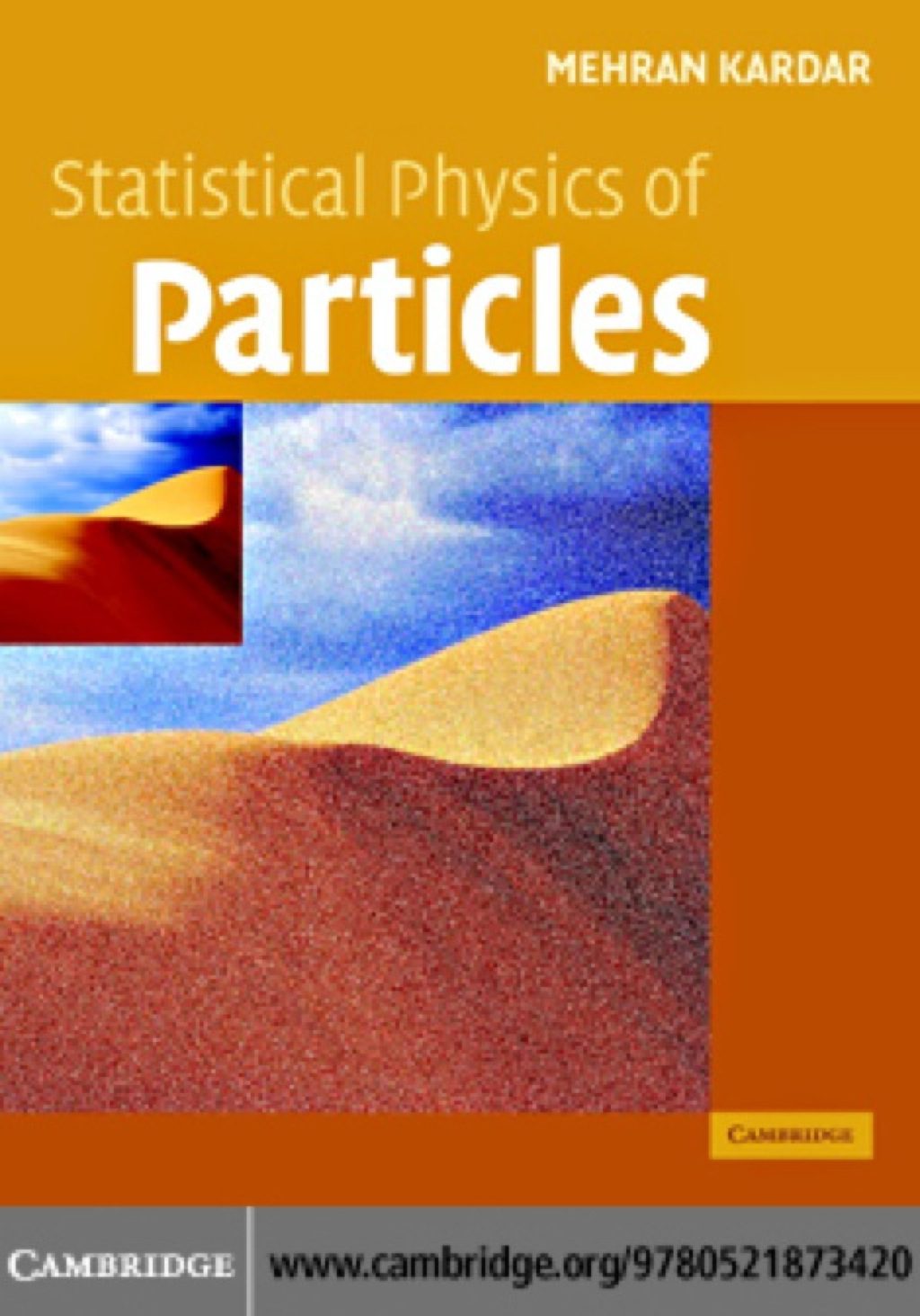

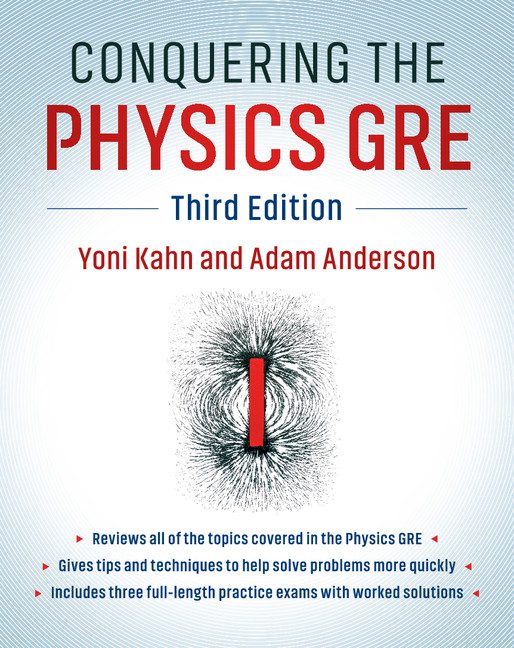

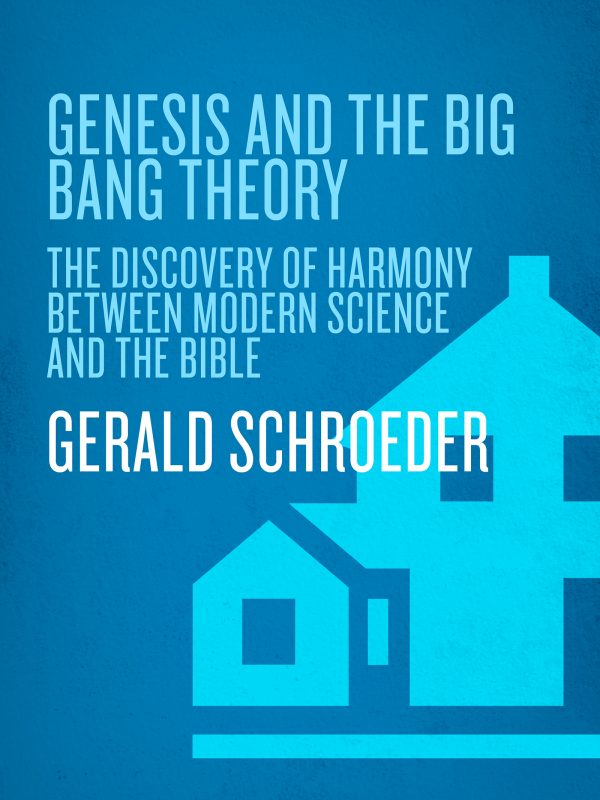
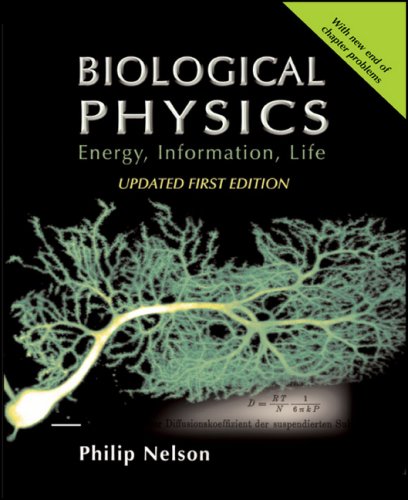
Reviews
There are no reviews yet.